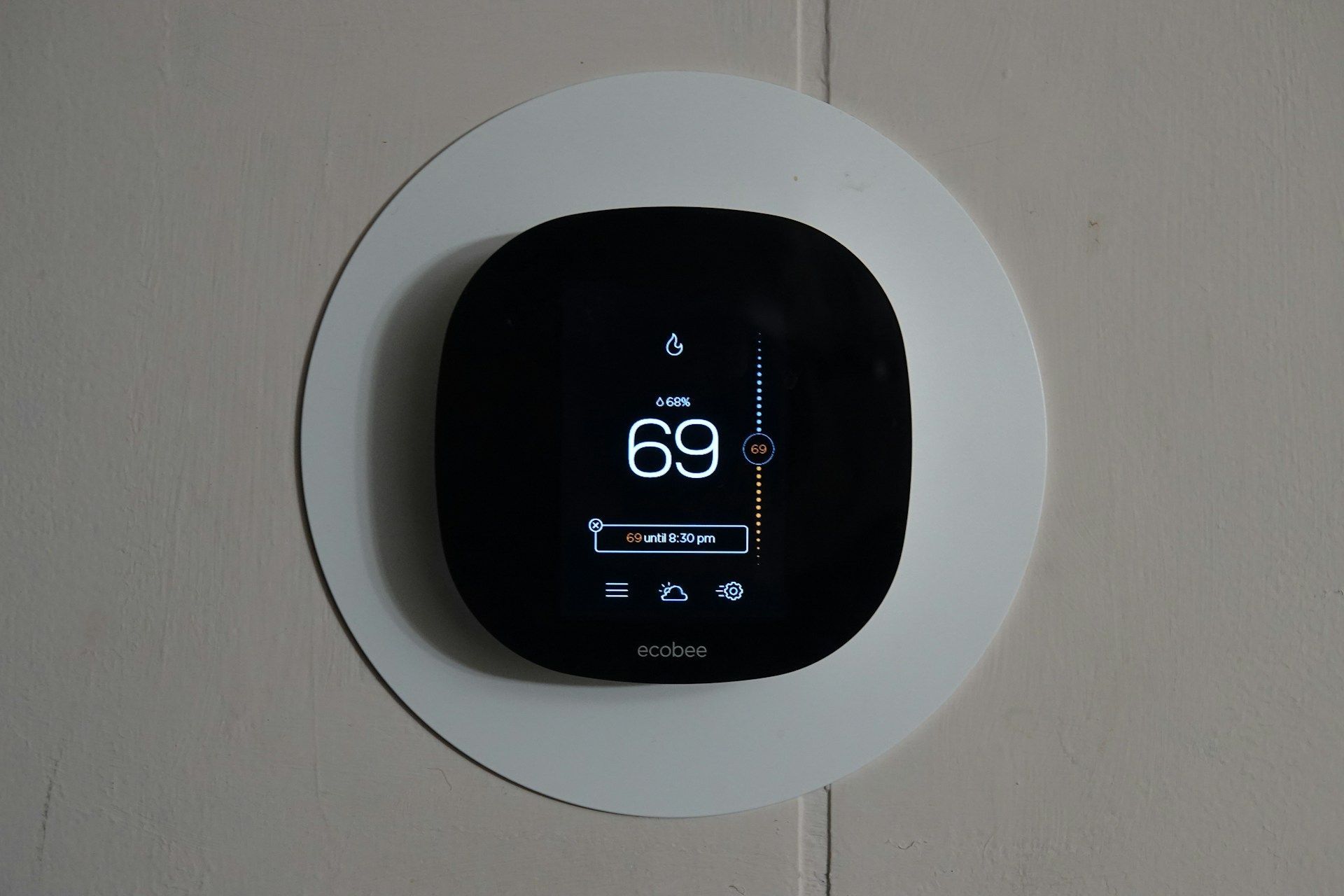Call or Text:
(270) 314-2158
Identifying the Best Thermostat Settings for Every Season
Setting your thermostat correctly can make a big difference in your comfort and energy bills. But knowing the best settings for every season can be a bit tricky. The right temperature can help you save money on heating and cooling costs while keeping your home cozy.
During winter, you might want your home warm and toasty. In summer, staying cool is the priority. Transition seasons like spring and fall can be a bit more complicated because the weather changes so frequently. It's important to adjust your thermostat settings to match the season so you can maintain comfort without wasting energy.
Understanding how your thermostat works and the different types of thermostats available can also help you make better decisions about your home’s temperature. Whether you have a traditional thermostat or a smart one, knowing how to set it properly can lead to better energy efficiency and comfort.
By making simple adjustments based on the season, you can ensure your home remains comfortable year-round. In this article, we'll explore the best thermostat settings for every season and some useful tips to maximize your HVAC system’s efficiency.
Understanding Your Thermostat
A thermostat is a device that helps you control the temperature in your home. It senses the temperature of the air and turns your heating or cooling system on or off to maintain the temperature you set. This way, it keeps your home at a comfortable level without you having to adjust it constantly.
There are different types of thermostats, and each has its own features. The simplest type is the manual thermostat, where you turn a dial or push buttons to set the temperature. It's straightforward but doesn't offer much flexibility.
Programmable thermostats are a step up. You can set different temperatures for different times of the day. For example, you can have your home warmer in the morning when everyone is getting up and cooler during the day when no one is home.
Smart thermostats are the most advanced. They connect to your Wi-Fi and can be controlled through your smartphone. Some can even learn your schedule and adjust the temperature automatically. They provide the most convenience and can save you the most money on your energy bills.
Knowing the type of thermostat you have can help you use it more effectively to save energy and stay comfortable.
Optimal Settings for Winter
During the winter, keeping your home warm without wasting energy is important. Experts recommend setting your thermostat to around 68 degrees Fahrenheit when you're at home and awake. Lowering the temperature when you're asleep or away from home can help save even more on your heating bill.
To maximize efficiency, you can lower the thermostat by 7-10 degrees for about 8 hours a day. This can help you save around 10% a year on heating and cooling. Programmable and smart thermostats make this easy by automatically adjusting the temperature based on your daily routine.
Here are some tips to keep your home warm and efficient:
1. Use a Programmable Thermostat: Set it to lower the temperature when you’re not home or are sleeping.
2. Wear Warmer Clothes: Dressing in layers and using blankets can let you keep the thermostat lower without feeling cold.
3. Seal Drafts: Use weatherstripping around doors and windows to keep cold air out and warm air in.
4. Maintain Your HVAC System: Regularly clean or replace the filters and have your system checked by a professional to ensure it's running efficiently.
By following these tips and setting your thermostat correctly, you can stay warm and save money during the cold months.
Best Settings for Summer
When summer rolls around, keeping your home cool without overworking your air conditioning system is key. The recommended thermostat setting for the summer is around 78 degrees Fahrenheit when you are at home and need cooling. This setting strikes a good balance between comfort and energy efficiency.
To save even more energy and keep your home comfortable, consider these tips:
1. Raise the Thermostat When Away: Set your thermostat to a higher temperature, around 85 degrees, when you are not at home. This helps reduce cooling costs.
2. Use Ceiling Fans: Ceiling fans help circulate air and make you feel cooler, allowing you to set the thermostat a few degrees higher.
3. Close Blinds and Curtains: Keep blinds and curtains closed during the hottest parts of the day to block out the sun’s heat.
4. Avoid Using Heat-Generating Appliances: Try not to use ovens, stoves, or other heat-producing appliances during the hottest parts of the day.
By setting your thermostat wisely and following these tips, you can stay cool while keeping your energy bills in check during the summer months.
Adjusting for Spring and Fall
Spring and fall can be tricky seasons for setting your thermostat because the weather can change so much from day to day. These transitional periods require flexibility in your temperature settings to maintain comfort without wasting energy.
In the spring, you may want to set your thermostat to around 68-70 degrees Fahrenheit during the day and a bit cooler at night. As temperatures fluctuate, keeping an eye on the forecast can help you adjust the settings as needed.
In the fall, a similar approach works. Set your thermostat to around 68-70 degrees during the day and lower it slightly at night. This helps take the edge off the morning chill without cranking up the heat too much.
Strategies for maintaining comfort include:
1. Use a Programmable Thermostat: Automatically adjust temperatures during these seasons to match your daily schedule.
2. Dress in Layers: This allows you to stay comfortable even as indoor temperatures change.
3. Open Windows When Possible: Letting in fresh air can help regulate indoor temperatures without using your HVAC system.
By making small adjustments during spring and fall, you can keep your home comfortable and energy-efficient all year long.
Conclusion
Setting your thermostat correctly for each season can make a big difference in your comfort and energy bills. By understanding how your thermostat works and knowing the best temperature settings for winter, summer, spring, and fall, you can ensure your home stays cozy and efficient year-round.
Adjusting your thermostat to suit the season helps your HVAC system run better and longer. Small changes in your daily routine, like using ceiling fans or closing blinds, can also have a big impact on your comfort and savings.
At Anytime Heating & Air, we are committed to helping you maintain the perfect climate in your home. Whether you need assistance with your thermostat, HVAC system, or
AC and heating units in Owensboro, our experienced technicians are here to help. Contact us today to schedule a service and keep your home comfortable every season.

© 2024 All Rights Reserved | Anytime Heating & Air

